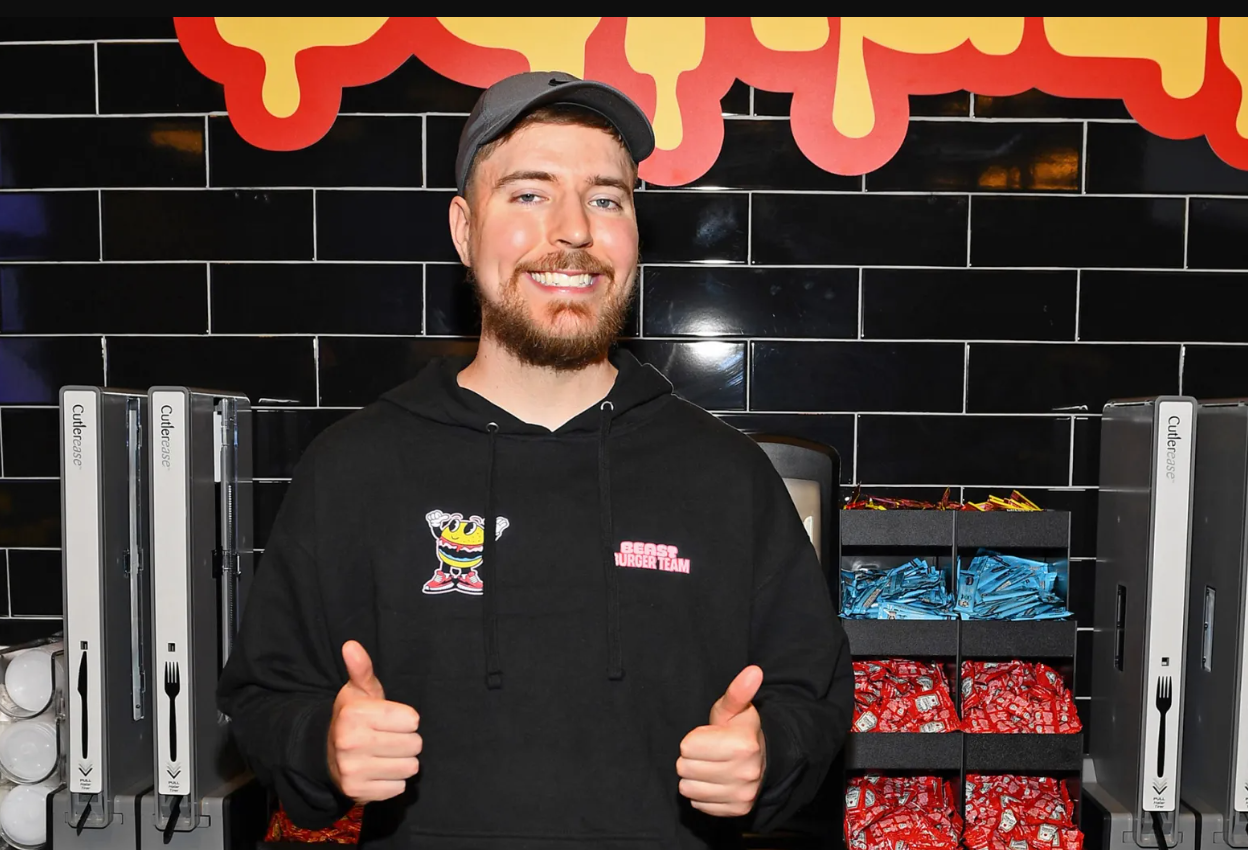In an era defined by rising digital ad costs and declining attention spans, one celebrity-led business empire is rewriting the playbook. MrBeast, also known as Jimmy Donaldson, has quietly built a billion-dollar brand ecosystem without leaning on the traditional crutch of advertising spend. From Feastables snacks to MrBeast Burger, his ventures thrive on a model that prioritizes community-first engagement and viral storytelling.
But this is not just a story about celebrity. It’s a strategic case study that small and medium-sized businesses (SMBs) across Canada and the U.S. should pay attention to. In 2025, brands that win are not necessarily those who spend more. They are those who connect deeper.
So what exactly is the MrBeast model? And how can small businesses adopt it to scale without breaking the bank?
The shift from ads to advocacy
There’s a growing tension in the marketing world. On one hand, ad platforms are charging more for less reach. On the other, consumers are tuning out traditional promotions. Into this landscape steps a new breed of brand: one that focuses less on impressions and more on connection.
MrBeast has mastered this. His businesses are built around an audience that actively participates in the brand journey—by watching, sharing, reacting, and even creating their own content. His product announcements aren’t static ads. They are events. Experiences. Conversations.
For SMBs, this shift is both a challenge and an opportunity. It means rethinking marketing not as broadcast, but as community-building.
Five pillars of community-first marketing
Let’s break down the MrBeast model into actionable components any business can use.
1. Make the customer the hero of the story
MrBeast doesn’t just market to his audience. He builds content with them. Whether it’s giveaways, behind-the-scenes peeks, or fan-driven challenges, he empowers customers to be part of the narrative.
SMBs can do the same. Start by highlighting customer stories on social media. Showcase how your product helped someone, made their day easier, or solved a real problem. People trust people more than brands.
2. Embrace user-generated content (UGC)
User-generated content is no longer a nice-to-have. It is a trust-building tool that outperforms branded content in engagement and conversion. MrBeast leverages it constantly, amplifying the best fan posts, reactions, and testimonials.
For a local business, this could mean reposting tagged content, running a monthly “customer of the month” feature, or even launching a hashtag challenge to get people involved.
3. Turn every product launch into a social moment
Each MrBeast campaign is tied to a piece of content that sparks curiosity. His snack brand launch came with giveaways, mystery boxes, and videos that didn’t just promote—they entertained.
Your business might not have millions of followers, but you can still turn a new product or offer into a moment. Use storytelling. Reveal the “why” behind the product. Build a countdown. Ask your community for feedback. And let them feel like insiders.
4. Build owned spaces for community
Platforms like Discord and Reddit are home to some of the most passionate brand communities. Beast Industries uses them to gather feedback, test ideas, and build loyalty.
SMBs can use free tools like Facebook Groups, Slack, or even email lists to foster these relationships. The key is consistency. Show up regularly, start conversations, and create a space where customers talk to each other—not just to you.
5. Reward your advocates
The MrBeast model isn’t just built on goodwill. It’s built on incentives. Whether it’s through contests, merch, shoutouts, or perks, fans are constantly recognized for their involvement.
For small businesses, this could mean a referral program, early access offers for loyal customers, or simple social shoutouts. Advocacy isn’t free—it’s earned and rewarded.
Why this model works now
There are three macro trends making community-first marketing more powerful than ever:
- Digital ad fatigue. Consumers are tuning out ads and skipping sponsored content faster than ever.
- Trust in peers. Study after study shows that recommendations from friends or online communities beat branded content every time.
- Platform volatility. With constant algorithm changes, brands relying on paid reach are vulnerable. A strong community provides stability.
In other words, the model is not just ideal. It’s strategic. It creates resilience, equity, and momentum that cannot be bought.
Real-world SMBs already doing this
This is not theory. Across North America, businesses are already seeing results.
- A Toronto-based bakery started a private Facebook group for customers, offering baking tips and exclusive previews. The group turned into a referral engine and helped triple their email list in six months.
- A Colorado fitness studio encouraged members to post weekly progress videos. Not only did it build community, but it also created a library of content they now use for marketing—without hiring an agency.
- A Montreal fashion boutique gamified their social media following with monthly style challenges, turning regular customers into micro-influencers.
The playbook works. What matters is the mindset.
How to get started with your own community-first campaign
Start with these three steps:
- Audit your audience. Where are they most active? What type of content do they engage with? What problems are they trying to solve?
- Create space. Pick a platform and start a small group or list. Invite your best customers. Ask them what they want more of.
- Start small experiments. Try one UGC campaign, one behind-the-scenes post, or one referral incentive. Measure. Adjust. Scale what works.
Final word: this is bigger than MrBeast
Yes, it helps to be the most-watched YouTuber in the world. But this strategy is not about fame. It is about format. It is about rethinking marketing as connection, not conversion.
SMBs have something large corporations often lack: the ability to move fast, show up authentically, and truly engage.
So skip the million-dollar ad budget. Build a hundred small relationships. Your fans might just build your empire.





